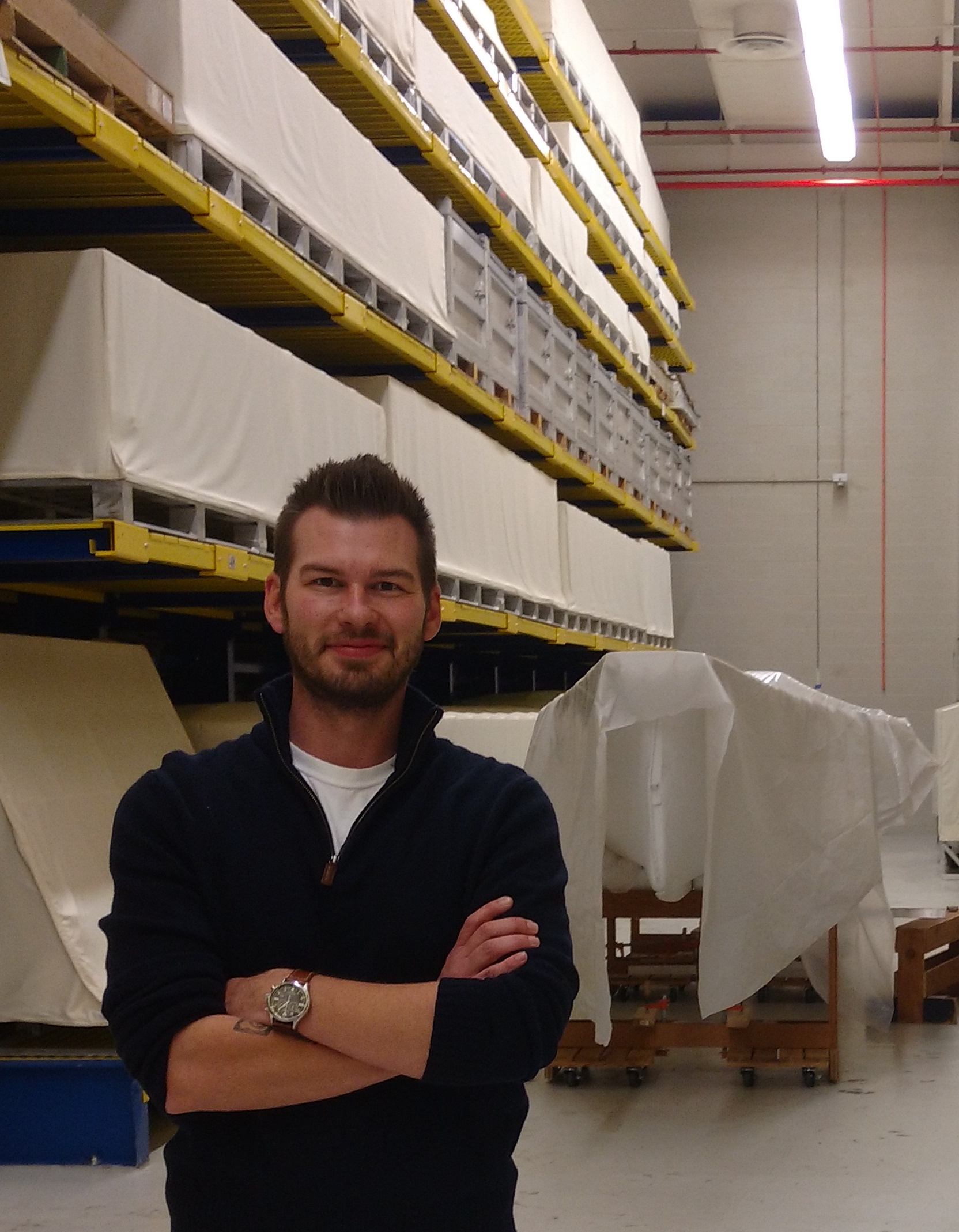Historical Perspectives On Contemporary Issues
Samuel Redman — Bone Rooms

Closed-captioning available on Youtube.
In this podcast episode, experts on the preservation and study of bodies and body parts discuss race, anthropology, and the collection and display of human remains with Samuel Redman, author of Bone Rooms: From Scientific Racism to Human Prehistory in Museums.
Bone Rooms explores the history of human remains collecting. During the 19th and early 20th centuries, individuals and institutions including the Smithsonian, the Army Medical Museum, and the Mütter Museum sought to obtain skeletons, fossils, and mummies from around the world for scientific research and public display. While collectors hoped these specimens would provide evidence to support contemporary theories of racial classification, ultimately the study of human remains led to the decline of race theory, while the bone rooms themselves came to be used by anthropologists studying human origins and evolution. The collection and display of bodily remains became central to debates about ethics, repatriation, and scientific authority that continue today.
Samuel Redman is Associate Professor of History at the University of Massachusetts, Amherst.
Bone Rooms: From Scientific Racism to Human Prehistory in Museums (Harvard University Press, 2016)
Podcast music: "Crimson Blushes" performed by the American Symphony Orchestra (1920), courtesy University of California, Santa Barbara Library.
To cite this podcast, please use footnote:
Samuel Redman, interview, Perspectives, Consortium for History of Science, Technology and Medicine, April 1, 2020, www.chstm.org/video/65.
Featuring
Program Director, Historic Congressional Cemetery
Insights from the Collections
The Consortium’s collections provide many opportunities to learn more about the history of anthropology, museums and the collection of human remains.
Our cross-institutional search tool allows researchers to investigate materials across multiple institutions from a single interface. With more than 4.4 million catalog records of rare books and manuscripts, the Consortium’s search hub offers scholars and the public the ability to identify and locate relevant materials.
Search the Consortium search hub.
Some archival materials related to this topic include:
Ales Hrdlicka Papers ca. 1887-1943, Smithsonian Institution
Fletcher/La Flesche Papers, Smithsonian Institution
Correspondence (Franz Boas and others), American Philosphical Society
University Museum Archives, University of Pennsylvania
Edward Anthony Spitzka and Edward Charles Spitzka Papers, Huntington Library
Richard H. Kern Correspondence Files, Newberry Library
James Aitken Meigs Papers, Newberry Library
American Surgical Association Curatorial Files, College of Physicians of Philadelphia
Transactions of the College of Physicians of Philadelphia, College of Physicians of Philadelphia
Records of the Mütter Museum 1887 - 2006, College of Physicians of Philadelphia
See also recent work from our fellows:
Rosanna Dent, Studying Indigenous Brazil: The Xavante and the Human Sciences, 1958-2015
Christopher Heaney, Andean Afterlives: the Hemispheric Circulatio n of the Pre-Columbian Dead and Peruvianist Anthropology, 1780-1948
Paul Mitchell, Human Remainders: the Lost Century of the Samuel George Morton Collection
Joanna Radin, Life on Ice: Frozen Blood, Human History, and Biodiversity in a Genomic Age
College Librarian, College of Physicians of Philadelphia